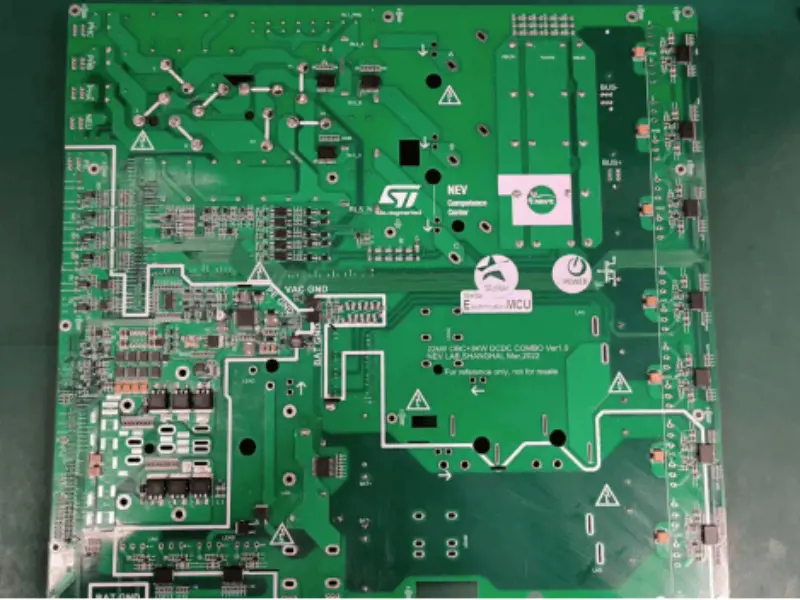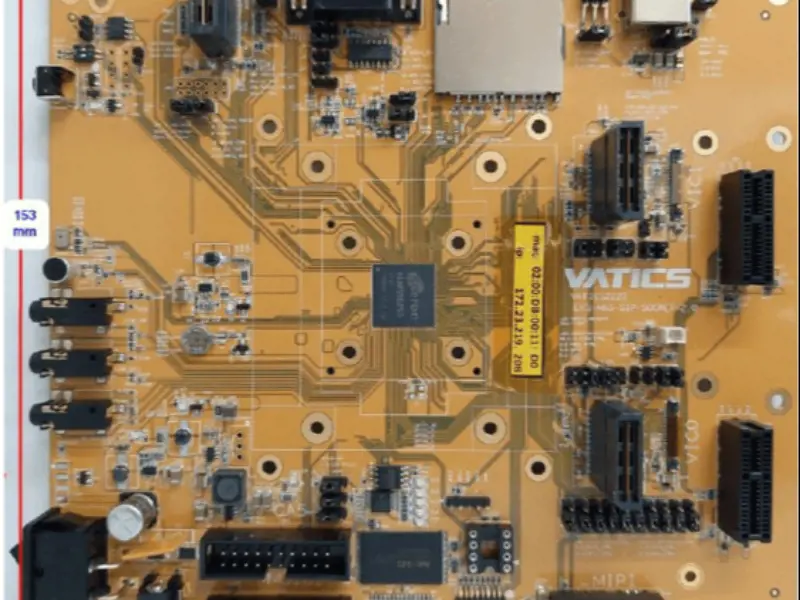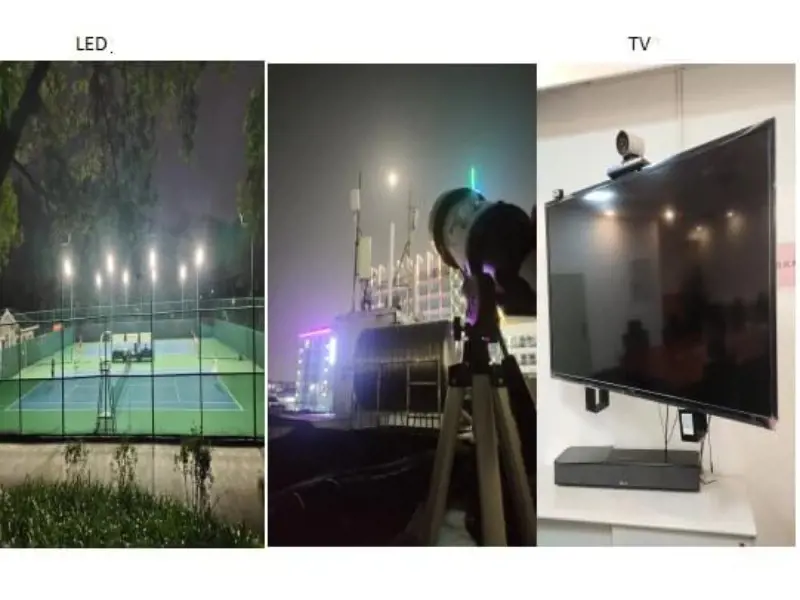Building Automation Solutions from Analog Devices
Smart buildings and smart homes are modern terms used to describe building structures that employ automated control systems to manage their environment, lighting, security, and other amenities. Smart cities are used to describe larger metropolitan areas consisting of multiple smart buildings and homes that may also use elements of these automated systems for larger-scale facility management (traffic flow, electricity, water treatment, etc.). Often referred to as Building Automation and Control Systems (BACS), the goal is to improve operational efficiency by reducing building energy consumption and increasing occupant safety and comfort.BACS, controlled using digital controllers very similar to programmable logic controller (PLC) units in industrial systems, has been made possible through the recent convergence of intelligent sensors and actuators.
Building automation systems from Analog Devices (ADI) support the explosive growth of connected devices in intelligent buildings. These smaller, scalable, lower-power solutions support a platform approach to building controls that can be monitored, controlled, and reconfigured locally or at high levels. These solutions fit into existing building network topologies and standards and support cutting-edge buildings.
They include BACS key support technologies.
Digital and analog inputs for monitoring various sensors; temperature, humidity, pressure, etc.
Digital and analog outputs for driving various actuators, dampers controllers, solenoids, and valves.
Communication interfaces (RS-485, CAN, home bus) for data and control signal isolators ensure safety and protect low-voltage electronics from high voltages on the field side.
Analog inputs
In BACS, analog input and output ICs precisely monitor and control the status of changing environmental variables such as temperature, humidity, lighting, and gas levels.
Analog Outputs
The MAX22007 is a 4-channel analog output that allows designers to independently configure each channel to operate in current or voltage mode using the software. With factory-calibrated outputs with a total unadjusted error of <1% over the -40C to 85°C range, the IC offers greater accuracy with a smaller footprint than discrete solutions.
Analogue Inputs
The MAX22005 12-channel industrial-grade analog input IC operates in both voltage and current modes. It offers 12 single-ended inputs, 6 differential inputs, 4 configurable inputs, or any combination thereof.
Digital inputs and outputs
The digital inputs and outputs are suitable for a wide range of functions within the BACS, for example, in security subsystems monitoring building entrances/exits or as part of fire detection and sprinkler systems.
Configurable digital inputs and outputs
The single-channel MAX14914 and quad-channel MAX14906 can be configured as digital inputs or digital outputs (high-side or push-pull). Both devices save space and power while providing robust protection against ESD and surges. These ICs integrate a variety of diagnostic functions to enhance overall end-system reliability.
Isolation
For safety reasons, double isolation is a regulatory requirement for systems that require direct human contact. Enhanced isolators offer the same protection as double isolation and are suitable for use in BACS.
Current Isolators
The MAX22344, MAX22345, and MAX22346 are 4-channel, 3.75kV RMS enhanced low-power digital current isolators that provide data rates up to 200Mbps using Analog Devices' proprietary process technology. Two independent voltage supplies operate between 1.71V and 5.5V, providing the current isolation required for logic conversion and safety.
Relays
Dry contact/relay monitor
The MAX22518 is a dual-channel isolator with an integrated DC-DC converter. Only a 3.0-5.5V logic-side power supply is required, eliminating the need for bulky and expensive field-side power supplies.
8-Channel Relay/Load Driver
The MAX4896 is an 8-channel relay and load driver designed for medium-voltage applications up to 50V and can drive latching/non-latching or dual coil relays. It provides open load and short-circuits fault detection and protection against inductive backlash and overcurrent conditions. Each independent open drain output has a 3Ω (typical) on-resistance and is guaranteed to absorb 200mA of load current (VS ˃ 4.5V) when all channels are active or 410mA per channel.
High voltage DC voltage monitoring
The MAX22530 series is the galvanically isolated, 4-channel, multiplexed, 12-bit analog-to-digital converter (ADC) of the MAXSafe ™ family. The integrated isolated DC-DC converter supplies power to all field-side circuits, allowing field-side diagnostics even when no input signal is present.
Four-Channel Low-Side Switch
The MAX14919 is an industrial-grade four-channel low-side switch with 140mΩ (typical) on-resistance per channel and integrated ±1kV/42Ω surge protection. It has a resistor-settable current limit that provides an operating current in the range of 100mA to 800mA. Outputs can be connected in parallel for higher load currents. Four switches are pin-controlled for fast direct switching up to 200kHz. Reverse current detection prevents damage caused by incorrectly wired load supplies, while the switches are protected against short circuits and overload. Inductive loads may be quickly discharged using the internal high-voltage clamp.
Powerful communication
BACnet, Profibus, Modbus, and Home Bus are common network protocols used in BACS. ADI offers a comprehensive portfolio of transceivers to provide robust and reliable signaling of data protocols at the physical layer.
RS-485
ADI's RS-485 product family includes half-duplex, full-duplex, isolated data, and fully integrated modules such as the MAXM22511, which provide complete data and power isolation in a single package. All transceivers incorporate a high level of ESD protection, helping to reduce board space while maintaining robust performance.
Controller Area Network (CAN)
Controller Area Networks (CAN) are two-wire, half-duplex, high-speed serial networks typically used to provide communication between network nodes that can operate independently of the host system microcontroller. Can transceivers act as the interface between the controller and the physical lines of the CAN bus? ADI's CAN transceiver portfolio, including the MAX14883E, offers high ESD and fault protection and polarity selection to reduce downtime due to installation errors. The MAX14878 includes integrated isolation for enhanced robustness.
Quad Beyond-the-Rails ® (BTR) Switches
The MAX14777 quad SPST switch supports analog signals above and below the supply rails and is powered from a single 3.0V to 5.5V supply. It has a selectable -15V/+35V or -15V/+15V analog signal range for all switches. Each individual switch is controlled separately, making the device a replacement for optical relays in applications that do not require current isolation. Alternatively, designers can quickly configure the MAX14777 as a single-supply analog input module supporting ±15V voltage and 4mA-20mA current measurements. In this scenario, a switched 250Ω resistor converts the loop current to a voltage for analog measurements.
Conclusion
ADI's industrial communications products offer building automation engineers a wide range of analog IO, digital IO, isolation, and communications interfaces that combine low power consumption, robust performance, and improved diagnostics in the smallest possible form factor.
Read more: Smart Home Touchscreen Control Panel







